Meyers Manx, the iconic brand behind the original fiberglass dune buggy, proudly unveiled its latest innovation, the Resorter Neighborhood Electric Vehicle (NEV) at ‘The Quail, A Motorsports Gathering.’
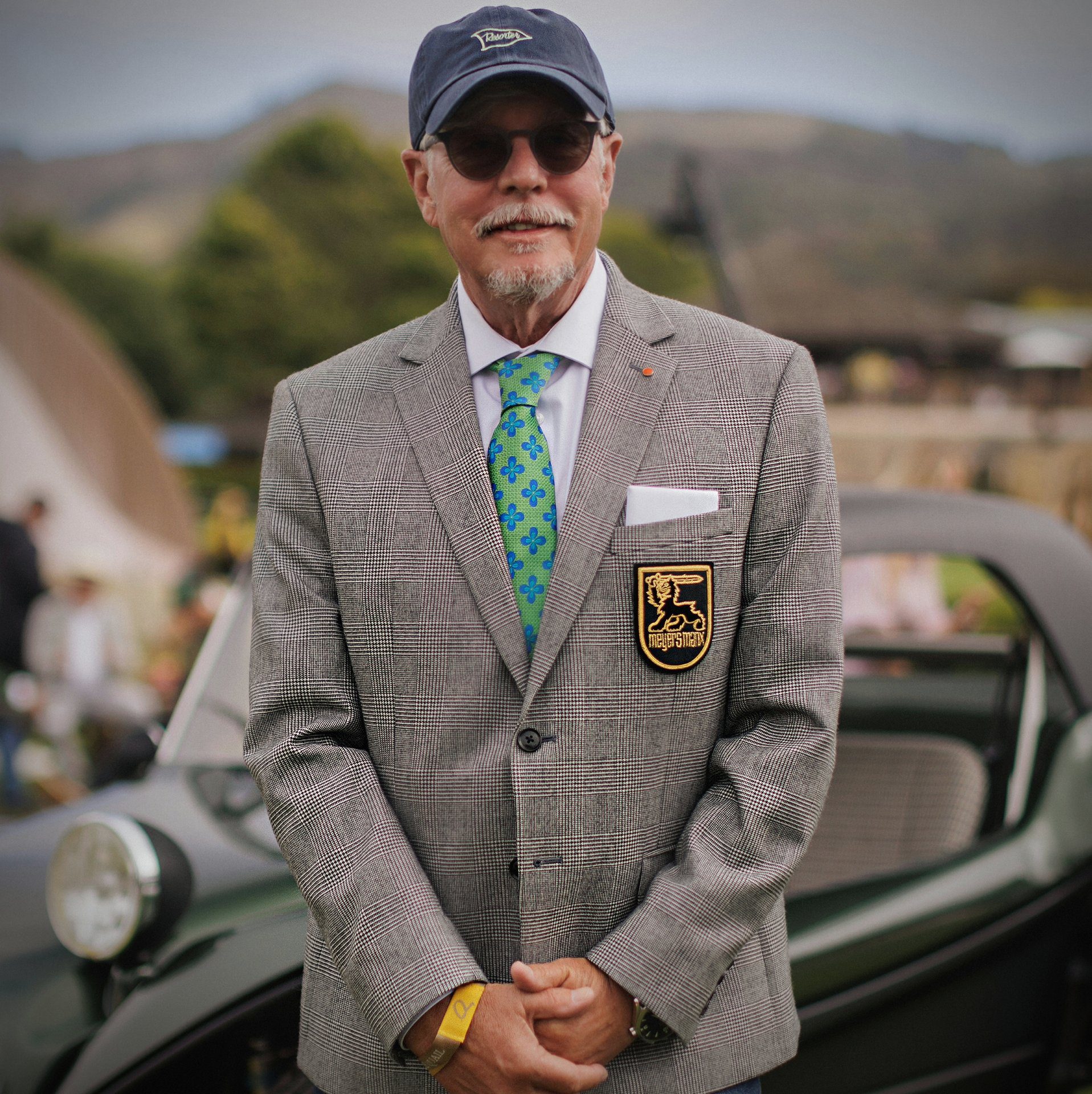

Meyers Manx, the iconic brand behind the original fiberglass dune buggy, proudly unveiled its latest innovation, the Resorter Neighborhood Electric Vehicle (NEV) at ‘The Quail, A Motorsports Gathering.’

Founded in Florence, Italy in 1921, Gucci is one of the world’s leading luxury brands. Following the House’s centenary, Gucci forges ahead continuing to redefine fashion and luxury while celebrating creativity, Italian craftsmanship, and innovation.
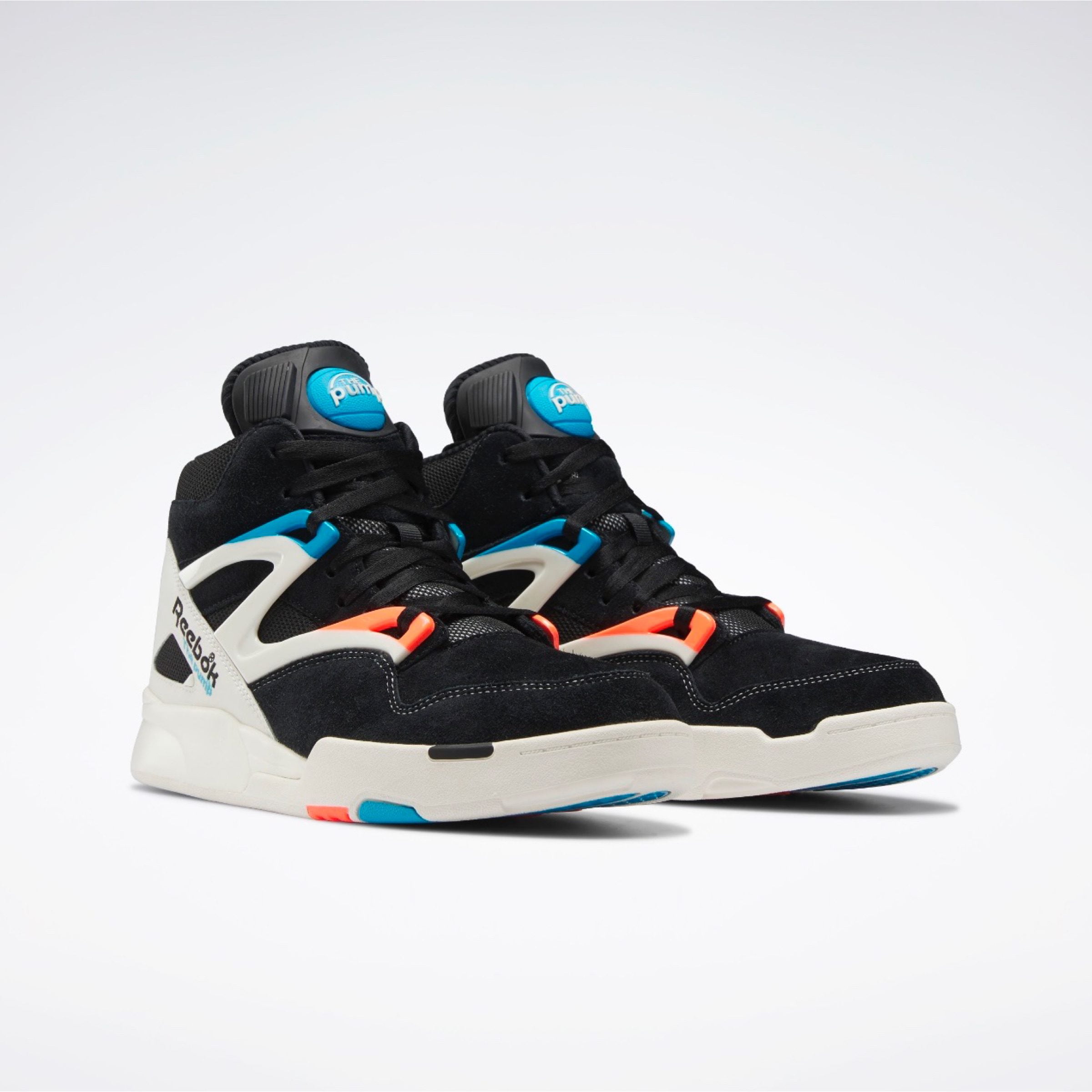
Reebok has today revealed the latest colorway for its Pump Omni Zone II heritage basketball shoe, “Rec Center” ($170, HR0504), available beginning March 17.
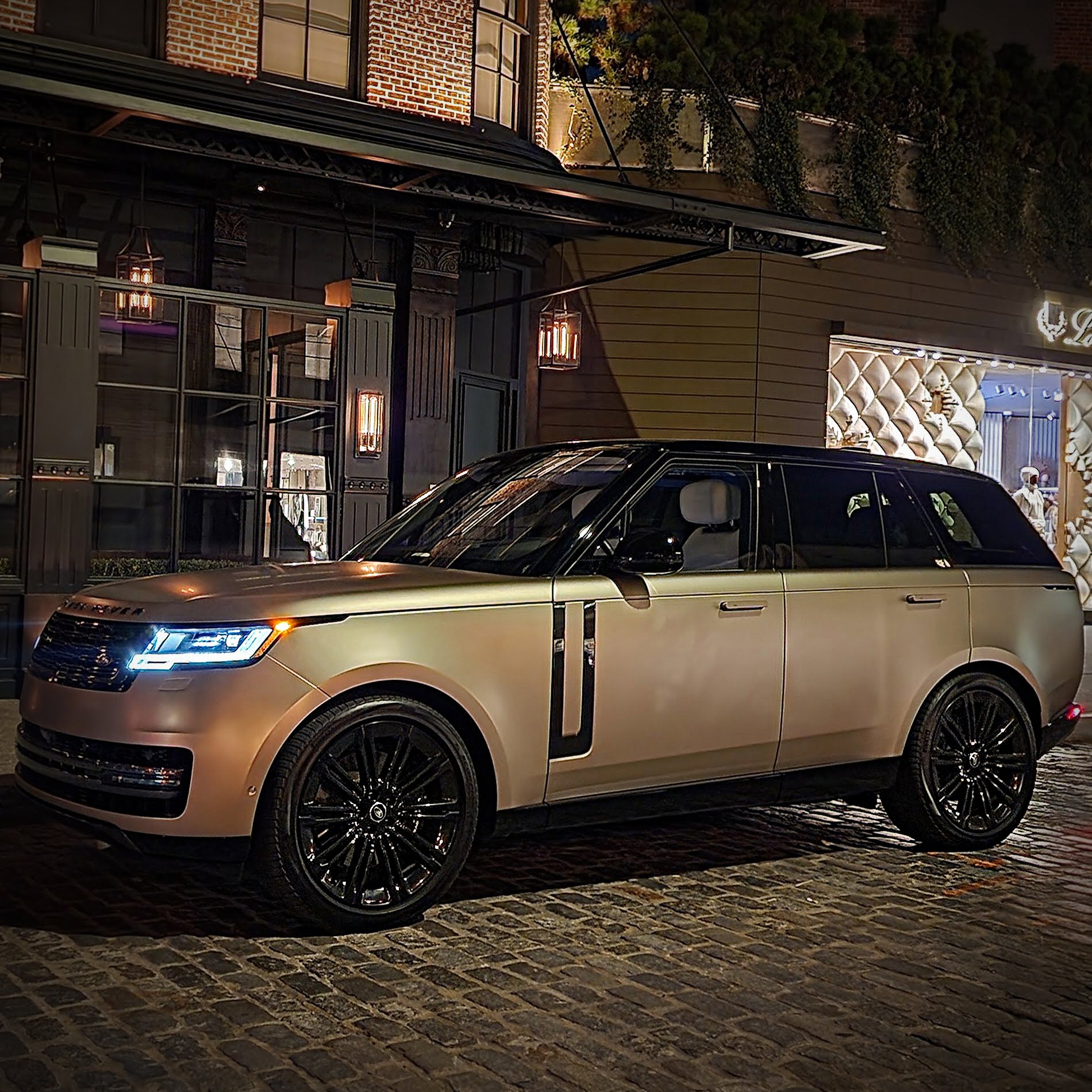
The 2022 Land Rover Range Rover P530 First Edition showcases non-hybrid and new hybrid engines with adopted rear-wheel steering and new accommodative seven-occupant seating.

Lectra announces the acquisition of the majority of the capital of TextileGenesis

Las Catalinas Announces Completion of Beach Town Neighborhood Car-free seaside town in Costa Rica continues to innovate a better way of living
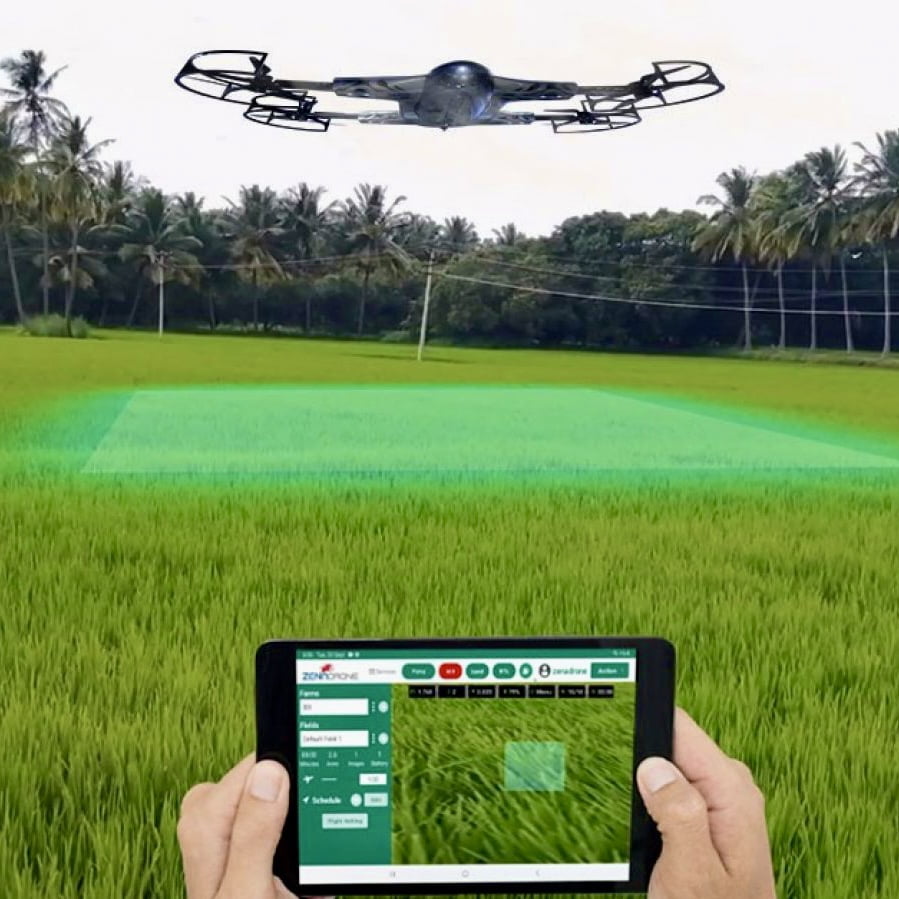
Are Drones the Solution to the Restaurant World’s Delivery Problem?

ZEITZ MOCAA ANNOUNCES FULL ARTIST LINE-UP FOR HIGHLY ANTICIPATED EXHIBITION, WHEN WE SEE US: A CENTURY OF BLACK FIGURATION IN PAINTING
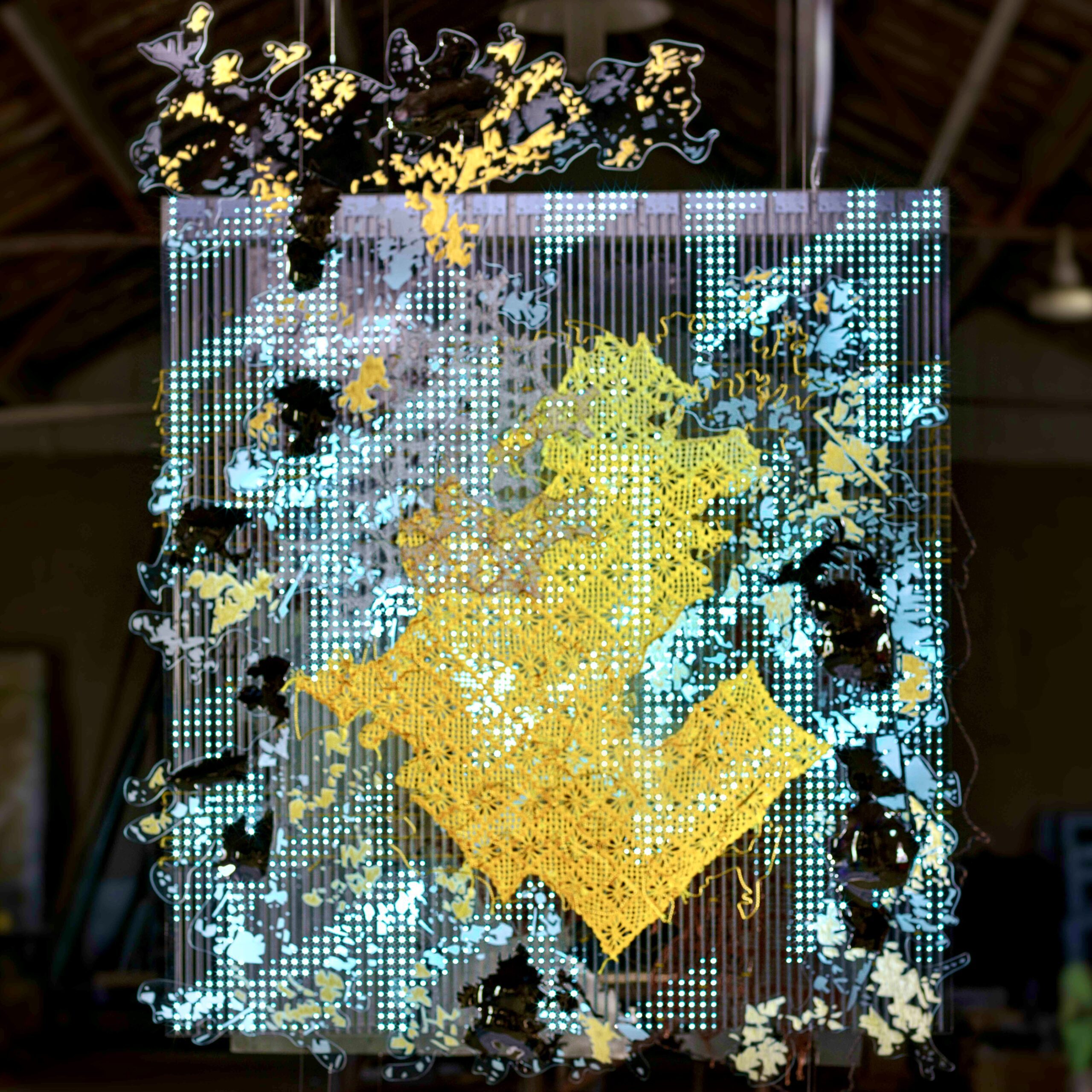
MUSE, ROLLS-ROYCE ARTS PROGRAMME UNVEILS WINNING ARTWORKS INSPIRED BY THE SPIRIT OF ECSTASY
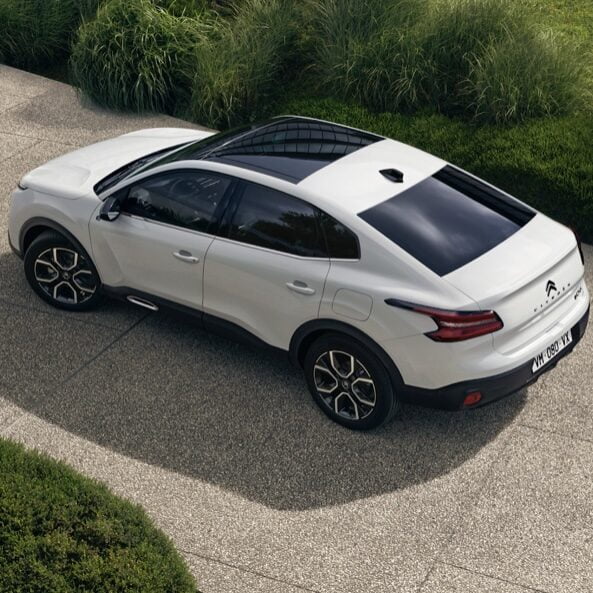
The new vehicles offer customers accessible new alternative to mainstream mid-sized hatchback and SUV models